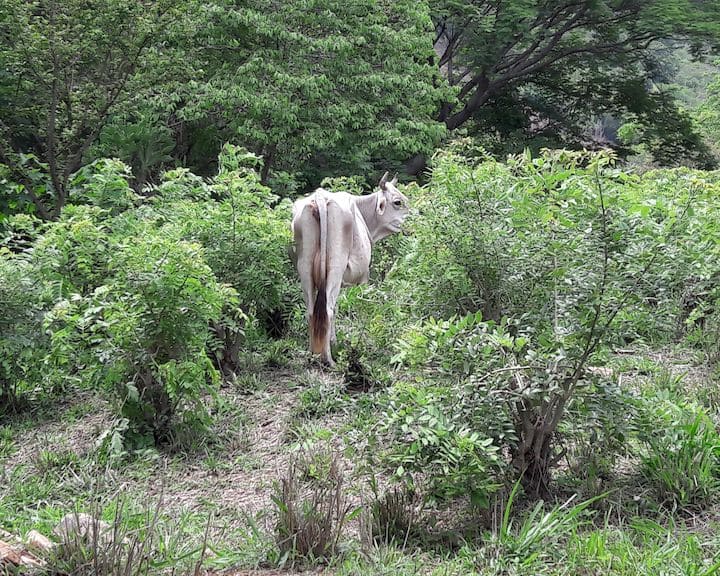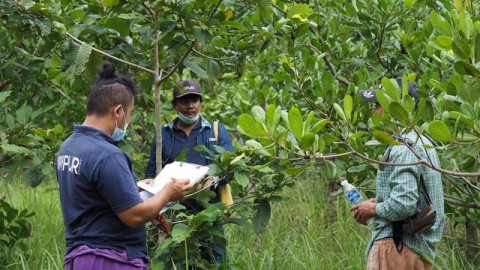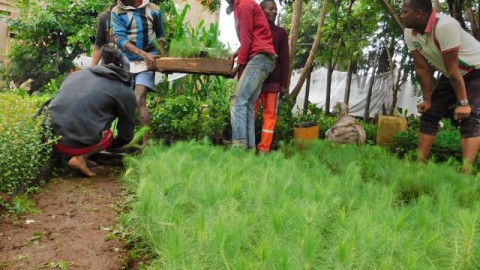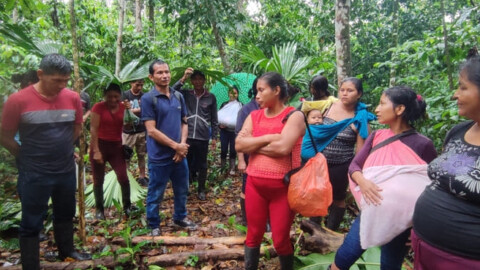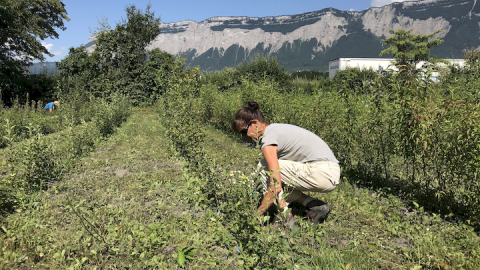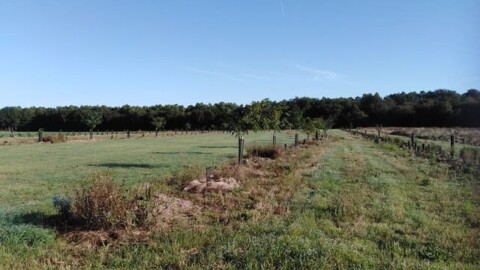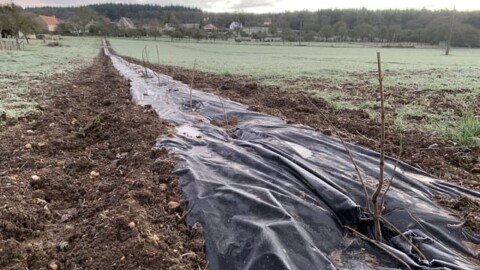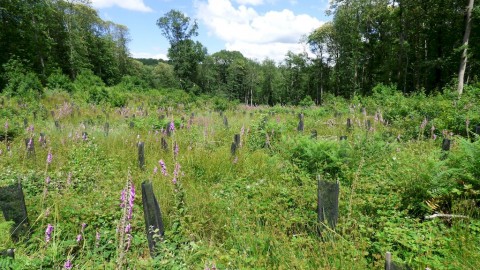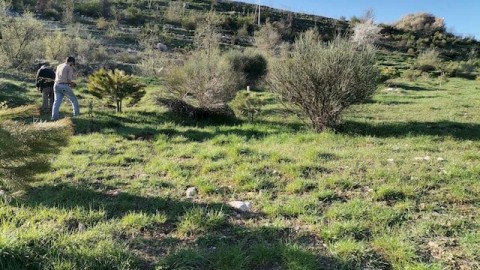
Selva el Ocote Biosphere Reserve, Mexico, May 2023
The project aims to help farmers and herders in the region shift towards a silvopastoral system – a type of sustainable farming that combining forestry and pastoral objectives. Planting 117,000 trees will provide local livestock farmers with an income-generating activity that better respects the environment and protects the neighbouring Selva El Ocote reserve.
The project involves a great many activities, namely:
- Production of endemic forest and fodder plants in community nurseries with the local beneficiary communities.
- Planting trees of endemic forest and forage species in strategic locations in the deciduos
- Reducing grazing areas and so preserving the deciduos
- Construction of rainwater collection and storage systems to guarantee a water supply for livestock throughout the year, especially during the dry season.
- Raising awareness and training local beneficiary communities to protect their environment and improve their farming and livestock rearing practices.
- Monitoring and activities to prevent bush fires and encourage natural regeneration of degraded sites.

The project began in January 2022 by selecting the beneficiaries and setting up a community nursery to produce forest seedlings. A total of 61,000 forest seedlings have since been produced:
- Caobilla, Swietenia humilis, 20,000 plants
- Cedro, Cedrela mexicana, 20,000 plants
- Hormiguillo o Bojon, Cordia alliodora, 7,000 plants
- Matilisguate, Tabebuia rosea, 7,000 plants
- Guanacaste, Enterolobium cyclocarpum, 7,000 plants
A request was made to the Secretary of the Environment and Natural History (SEMAHN) in Mexico for fodder tree seeds. The following forage species were received and planted:
- Cocoite o Mata ratón, Gliricidia sepium, 40,000 plants
- Guach, Leucaena leucocephala, 40,000 plants
- Ramon, Brosimum alicastrum, 20,000 plants
The forest and fodder trees were distributed and planted by local communities between September and November 2022. One thousand forage trees were planted per hectare compared with 620 forest trees.
At the start of 2023, local communities were working on building rainwater collection and storage systems to guarantee water supplies for livestock throughout the year, especially during the dry season.
The trees planted will be monitored in 2023 to determine their survival rate. New forestry and forage seedlings will be produced to ensure a reserve of seedlings is available to replant those that don’t survive the dry season.


